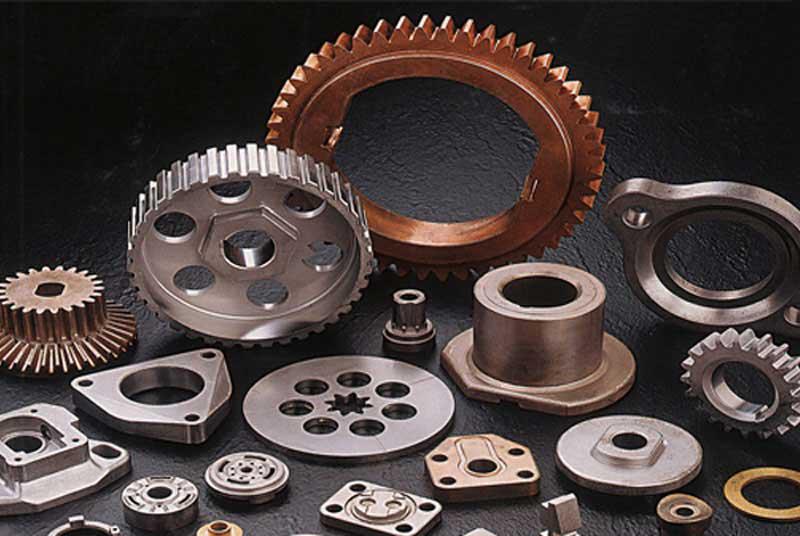In the realm of modern manufacturing, die casting stands as a testament to the marriage of artistry and science, embodying the pinnacle of precision engineering. At its core, die casting is a process that has revolutionized the production of complex metal components, offering unparalleled accuracy and efficiency. From automotive parts to intricate consumer electronics, die casting plays a pivotal role in shaping the products we rely on daily.
The process of die casting begins with the meticulous design of a mold, crafted to exact specifications using computer-aided design (CAD) software. This mold serves as the blueprint for the final product, dictating every contour and detail with utmost precision. Once the mold is perfected, molten metal, typically aluminum, zinc, or magnesium, is injected into the cavity at high pressure, ensuring that it fills every nook and cranny of the mold. The result is a flawless replica of the mold, ready to undergo further refinement.

One of the key advantages of die casting company Malaysia lies in its ability to produce complex shapes with tight tolerances, a feat that traditional manufacturing methods often struggle to replicate. By leveraging the power of high-pressure injection, die casting can create intricately detailed parts with minimal post-processing required. This level of precision not only enhances the performance of the final product but also streamlines the manufacturing process, reducing waste and optimizing resource utilization.
Moreover, die casting offers unparalleled versatility, catering to a diverse range of industries and applications. Whether it’s the lightweight components used in aerospace engineering or the intricate casings of consumer electronics, die casting excels in delivering quality parts that meet the rigorous demands of modern manufacturing. Furthermore, advancements in die casting technology have expanded its horizons, enabling the production of larger parts and pushing the boundaries of what is possible.
Beyond its technical prowess, die casting also embodies the principles of sustainability and efficiency. By minimizing material waste and maximizing production yield, die casting offers a greener alternative to traditional manufacturing methods. Additionally, the longevity and durability of die-cast parts contribute to the overall lifecycle sustainability of the products they inhabit, reducing the need for frequent replacements and minimizing environmental impact.
However, like any manufacturing process, die casting is not without its challenges. The initial setup costs can be significant, requiring investment in specialized equipment and tooling. Moreover, achieving the desired level of precision requires meticulous attention to detail and rigorous quality control measures throughout the production process. Nonetheless, the benefits of die casting far outweigh these challenges, with its ability to deliver superior quality parts at scale.




